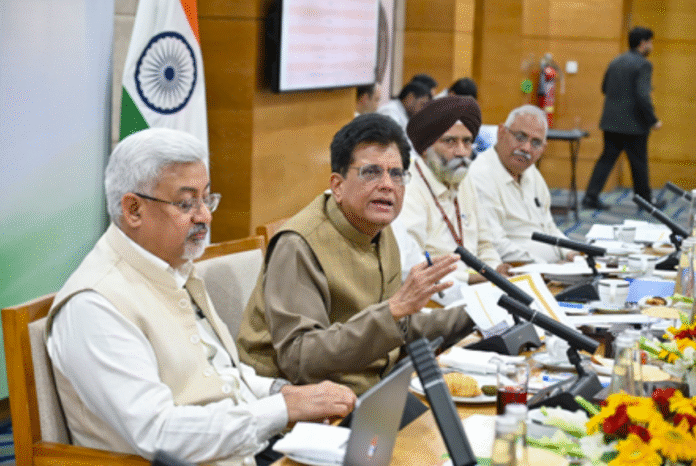New Delhi— Bilateral trade between India and the United Kingdom is projected to grow at an average annual rate of 15% through 2030, driven by the anticipated implementation of a landmark free trade agreement (FTA) within the next year, according to a report released Friday by CareEdge Ratings.
The comprehensive FTA, finalized after nearly three years of negotiations and signed on May 6, is expected to significantly enhance trade flows, boost domestic manufacturing, and open new market opportunities for Indian companies in the UK.
“This historic agreement not only opens doors for trade in goods but also lays the groundwork for deeper investment ties, joint ventures, and service-sector collaboration,” said D. Naveen Kumar, Associate Director at CareEdge Ratings. “It marks a strategic turning point in India-UK economic relations, unlocking growth across sectors and enhancing value for consumers and businesses alike.”
Currently, trade between India and the UK accounts for roughly 2% of India’s total global trade. However, it has been growing at a steady compound annual growth rate (CAGR) of 11% over the past decade, highlighting the potential for accelerated growth under the new trade framework.
Key provisions of the agreement include India reducing tariffs on 90% of UK goods, with 85% of these becoming entirely duty-free over a 10-year period. In return, the UK will eliminate tariffs on 99% of Indian exports, offering Indian businesses significantly improved market access and cost competitiveness.
According to the report, Indian exporters stand to benefit from greater market stability, streamlined supply chains, and new growth avenues—especially in sectors such as automobiles, whisky, industrial machinery, and pharmaceuticals, where steep tariff reductions and regulatory simplifications are expected.
The FTA is also seen as a timely boost for exporters facing slow sales and concerns over potential retaliatory tariffs from other major markets, such as the United States.
In particular, Indian gems and jewelry makers are poised to gain from access to the UK’s luxury consumer base, while manufacturers of electrical and engineering goods—currently subject to tariffs ranging from 8% to 14%—will enjoy a distinct advantage once those duties are phased out.
The report concludes that the India–UK FTA represents a vital step in strengthening economic engagement between the two countries and will play a pivotal role in supporting India’s long-term trade and manufacturing ambitions. (Source: IANS)







